Instruction
At the top of the backswing, focus on the club face (not the left wrist)
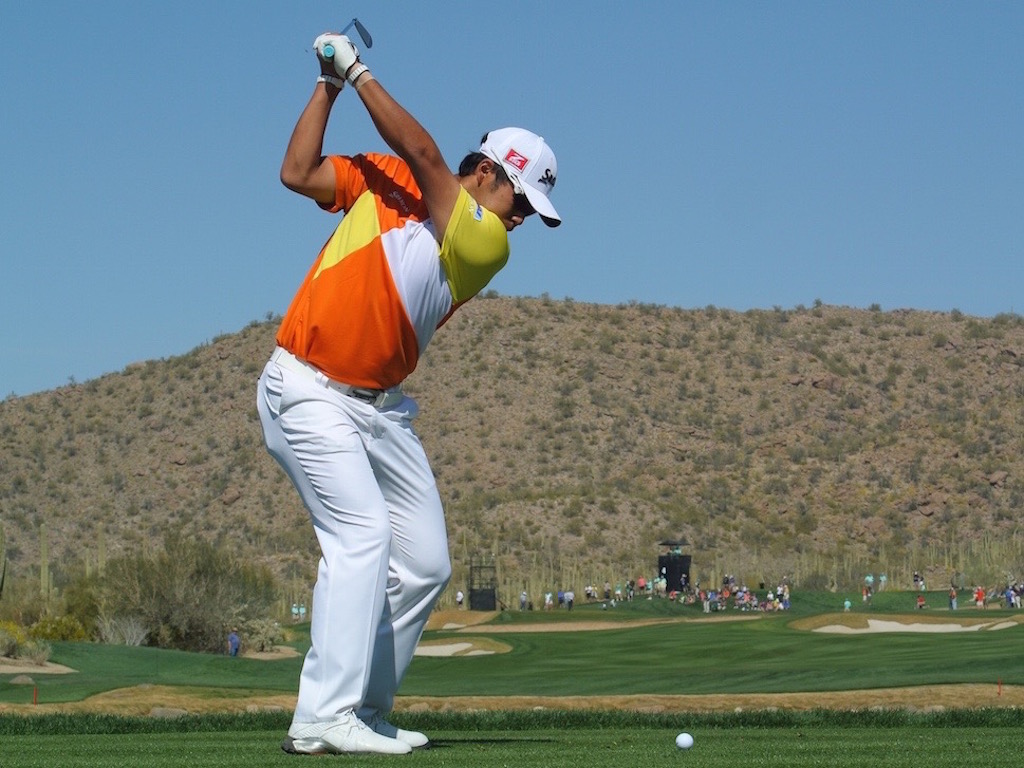
As the game has evolved over the past decade, there has been a shift toward a stronger grip position. While I have no issues with this as an instructor, you must be mindful of your position at the top or you will have a tendency to miss the ball to the left.
Basically, the stronger grip position aids the golfer in shifting the face more leftward than a weaker grip, and this is done with a less “handsy” motion through the impact zone — or a no-release feeling, as it is often called. When the grip is weaker, the rotation of the face is less aggressive, and if you are not committed through impact you may miss shots to the right.
In general, your grip position must match up with the type of “hand action” you’d like to feel through impact in order to create the ball flight that you desire. Stronger grips promote more of a no-release feeling, while weaker grips promote more hand action through impact to create the same ball flight from right-to-left with most right-handed golfers.
With this being stated, instructional books have always said that you must have a “flat left wrist” at the top, or one that “matches the club face at the top” in order to be in a square condition at the top. This is correct and incorrect, because it all pertains to your address grip position.
The photo below depicts a “neutral” grip where you see one or two knuckles of the left hand as you look down at your grip.
With this type of grip, you will see little or no “cupping” of the left wrist at address (shown below).
With today’s more common “stronger” grip position, you will see more knuckles as you look down at your left hand in your address position.
With this type of grip, you will see more “cupping” of the left wrist (shown below).
In order to put this stronger grip together with your position at the top, you MUST audit your club face position at the top. It needs to be mostly square at the top, and with the two different grips your left wrist will be in different positions in order to do so.
A note: I am NOT saying that you cannot play from a shut condition at the top, but as an instructor I tend to see most players missing the ball a touch too far leftward when doing so because the face-to-path relationship is skewed with the face being too far left of the target at impact.
If you have a neutral grip
Above is the most desired position for the neutral-grip player. The left wrist is flat at the top and the club face is square at the top.
If you have a stronger grip
Above is the most desired left wrist condition at the top for the stronger gripped player. The left wrist is slightly cupped so that the club face is square.
The most common flaw is mixing up the two grip and club face positions at the top.
If you cup the left wrist at the top with a weaker grip, you will put the face in an OPEN condition as seen above.
If you flatten the left wrist at the top with a stronger grip, you will SHUT the face drastically at the top (shown above).
It is key for golfers to make sure they are in the correct position at the top. To do this, audit the club face and let the left wrist seek the condition it must have in order to have the club face at the proper square 45-degree position at the top of the backswing.
- LIKE235
- LEGIT36
- WOW18
- LOL8
- IDHT6
- FLOP8
- OB4
- SHANK36
Instruction
Clement: Stop ripping off your swing with this drill!

Not the dreaded headcover under the armpit drill! As if your body is defective and can’t function by itself! Have you seen how incredible the human machine is with all the incredible feats of agility all kinds of athletes are accomplishing? You think your body is so defective (the good Lord is laughing his head off at you) that it needs a headcover tucked under the armpit so you can swing like T-Rex?
- LIKE0
- LEGIT1
- WOW2
- LOL0
- IDHT0
- FLOP0
- OB0
- SHANK2
Instruction
How a towel can fix your golf swing

This is a classic drill that has been used for decades. However, the world of marketed training aids has grown so much during that time that this simple practice has been virtually forgotten. Because why teach people how to play golf using everyday items when you can create and sell a product that reinforces the same thing? Nevertheless, I am here to give you helpful advice without running to the nearest Edwin Watts or adding something to your Amazon cart.
For the “scoring clubs,” having a solid connection between the arms and body during the swing, especially through impact, is paramount to creating long-lasting consistency. And keeping that connection throughout the swing helps rotate the shoulders more to generate more power to help you hit it farther. So, how does this drill work, and what will your game benefit from it? Well, let’s get into it.
Setup
You can use this for basic chip shots up to complete swings. I use this with every club in my bag, up to a 9 or 8-iron. It’s natural to create incrementally more separation between the arms and body as you progress up the set. So doing this with a high iron or a wood is not recommended.
While you set up to hit a ball, simply tuck the towel underneath both armpits. The length of the towel will determine how tight it will be across your chest but don’t make it so loose that it gets in the way of your vision. After both sides are tucked, make some focused swings, keeping both arms firmly connected to the body during the backswing and follow through. (Note: It’s normal to lose connection on your lead arm during your finishing pose.) When you’re ready, put a ball in the way of those swings and get to work.

Get a Better Shoulder Turn
Many of us struggle to have proper shoulder rotation in our golf swing, especially during long layoffs. Making a swing that is all arms and no shoulders is a surefire way to have less control with wedges and less distance with full swings. Notice how I can get in a similar-looking position in both 60° wedge photos. However, one is weak and uncontrollable, while the other is strong and connected. One allows me to use my larger muscles to create my swing, and one doesn’t. The follow-through is another critical point where having a good connection, as well as solid shoulder rotation, is a must. This drill is great for those who tend to have a “chicken wing” form in their lead arm, which happens when it becomes separated from the body through impact.
In full swings, getting your shoulders to rotate in your golf swing is a great way to reinforce proper weight distribution. If your swing is all arms, it’s much harder to get your weight to naturally shift to the inside part of your trail foot in the backswing. Sure, you could make the mistake of “sliding” to get weight on your back foot, but that doesn’t fix the issue. You must turn into your trial leg to generate power. Additionally, look at the difference in separation between my hands and my head in the 8-iron examples. The green picture has more separation and has my hands lower. This will help me lessen my angle of attack and make it easier to hit the inside part of the golf ball, rather than the over-the-top move that the other picture produces.


Stay Better Connected in the Backswing
When you don’t keep everything in your upper body working as one, getting to a good spot at the top of your swing is very hard to do. It would take impeccable timing along with great hand-eye coordination to hit quality shots with any sort of regularity if the arms are working separately from the body.
Notice in the red pictures of both my 60-degree wedge and 8-iron how high my hands are and the fact you can clearly see my shoulder through the gap in my arms. That has happened because the right arm, just above my elbow, has become totally disconnected from my body. That separation causes me to lift my hands as well as lose some of the extension in my left arm. This has been corrected in the green pictures by using this drill to reinforce that connection. It will also make you focus on keeping the lead arm close to your body as well. Because the moment either one loses that relationship, the towel falls.


Conclusion
I have been diligent this year in finding a few drills that target some of the issues that plague my golf game; either by simply forgetting fundamental things or by coming to terms with the faults that have bitten me my whole career. I have found that having a few drills to fall back on to reinforce certain feelings helps me find my game a little easier, and the “towel drill” is most definitely one of them.
- LIKE11
- LEGIT1
- WOW2
- LOL0
- IDHT0
- FLOP2
- OB0
- SHANK8
Instruction
Clement: Why your practice swing never sucks
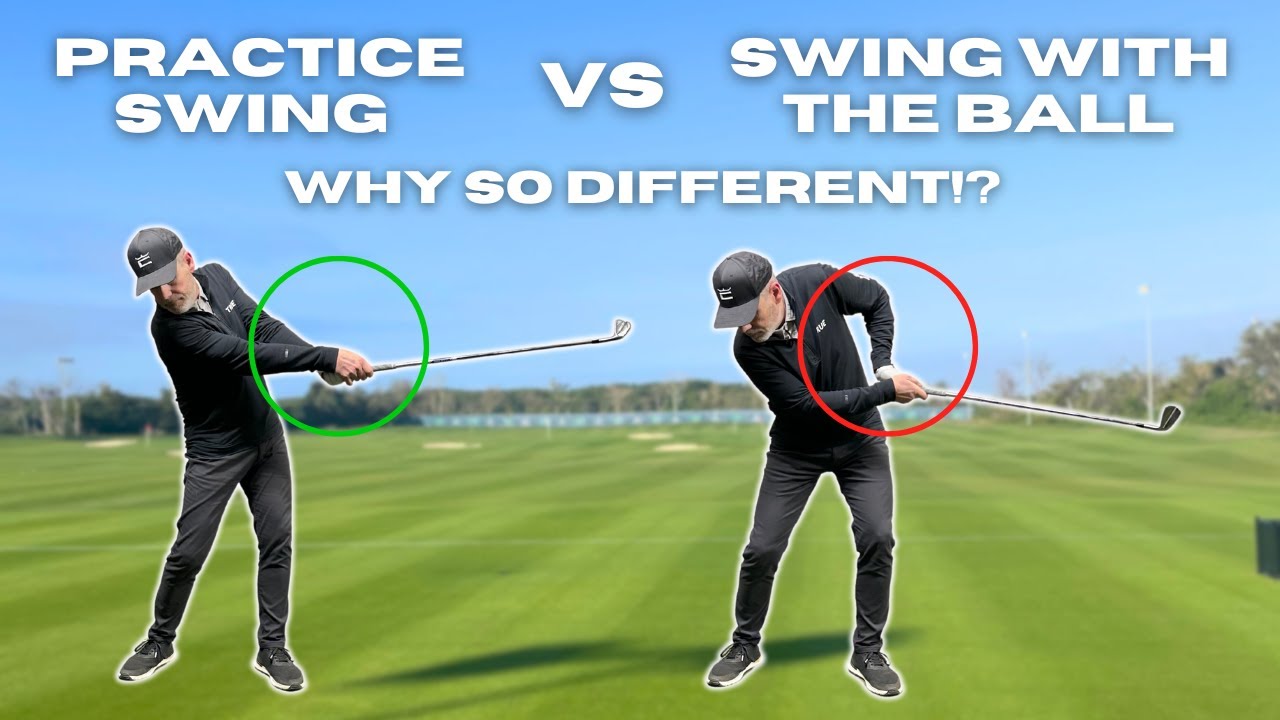
You hear that one all the time; I wish I could put my practice swing on the ball! We explain the huge importance of what to focus on to allow the ball to be perfectly in the way of your practice swing. Enjoy!
- LIKE0
- LEGIT0
- WOW0
- LOL0
- IDHT0
- FLOP0
- OB0
- SHANK2
-
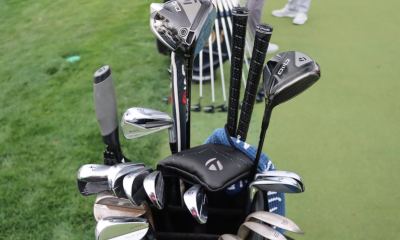
 Whats in the Bag3 weeks ago
Whats in the Bag3 weeks agoScottie Scheffler WITB 2024 (March)
-
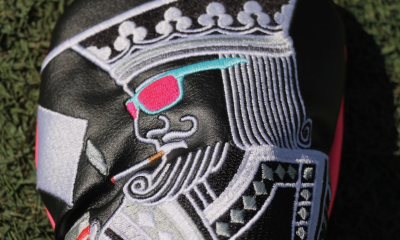
 Tour Photo Galleries3 weeks ago
Tour Photo Galleries3 weeks agoPhotos from the 2024 Arnold Palmer Invitational
-
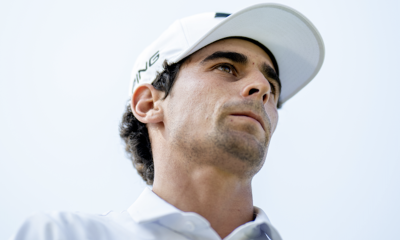
 19th Hole3 weeks ago
19th Hole3 weeks agoJoaquin Niemann names 3 PGA Tour events he’d love to play each year ‘in a perfect world’
-
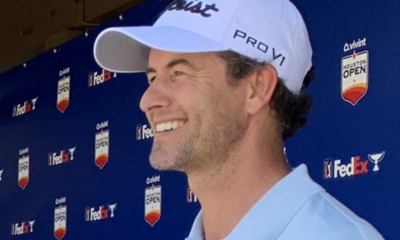
 19th Hole3 weeks ago
19th Hole3 weeks ago‘Seems suspect’ – PGA Tour pro hits out at decision to hand Adam Scott and Webb Simpson Bay Hill sponsor exemptions
-
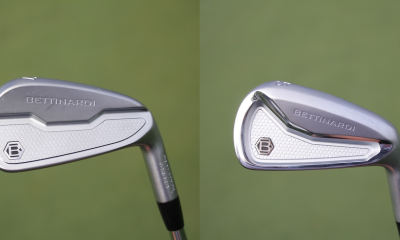
 Equipment3 weeks ago
Equipment3 weeks agoSpotted: Bettinardi irons at the Arnold Palmer Invitational
-

 19th Hole2 weeks ago
19th Hole2 weeks agoPaulina Gretzky opens up on receiving death threats following DJ’s move to LIV Golf
-
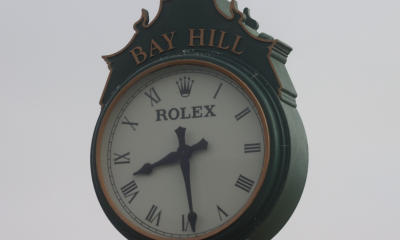
 19th Hole3 weeks ago
19th Hole3 weeks agoVincenzi’s 2024 Arnold Palmer Invitational betting preview: Big names ready to pounce at Bay Hill
-
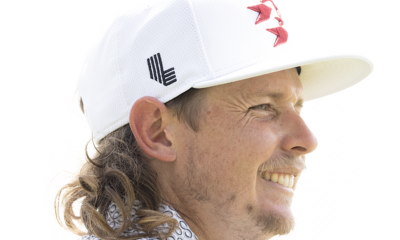
 19th Hole3 weeks ago
19th Hole3 weeks agoVincenzi’s LIV Golf Hong Kong betting preview: Trio of major champs primed for big week

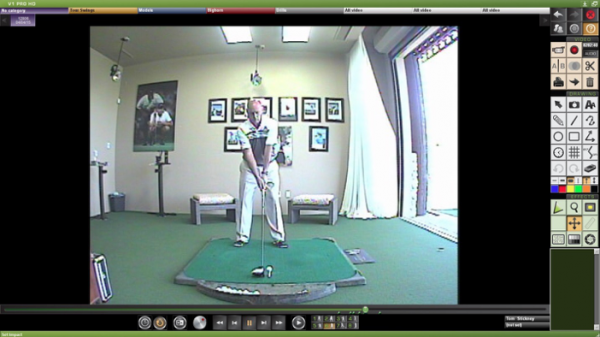
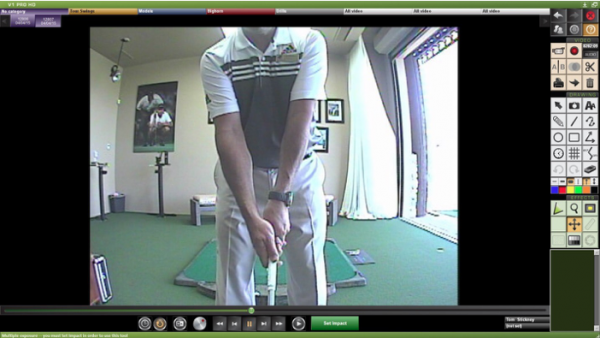
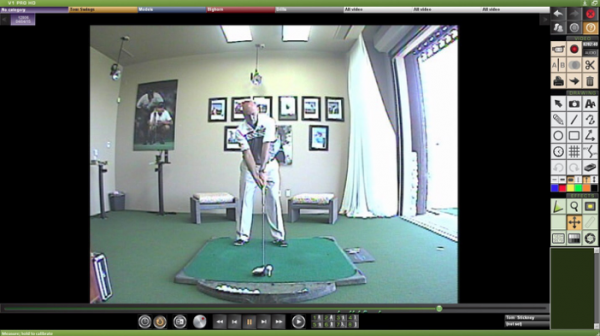
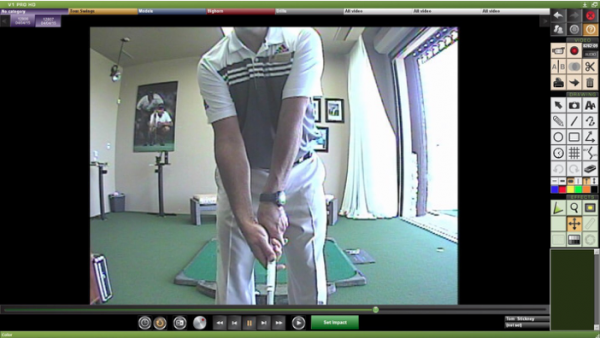
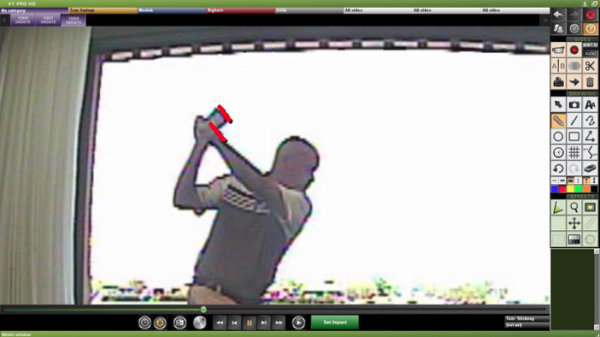
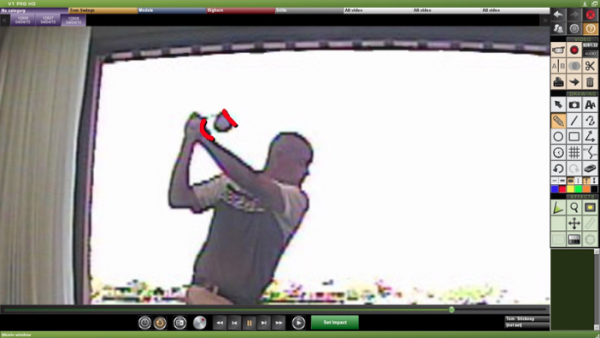
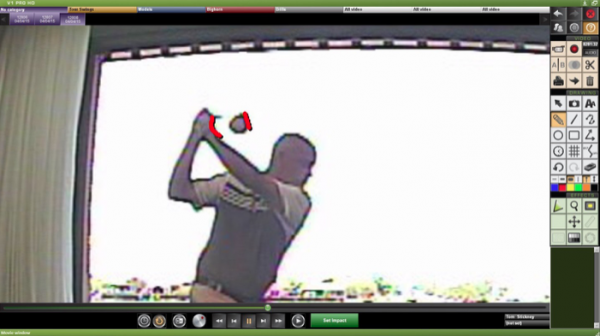
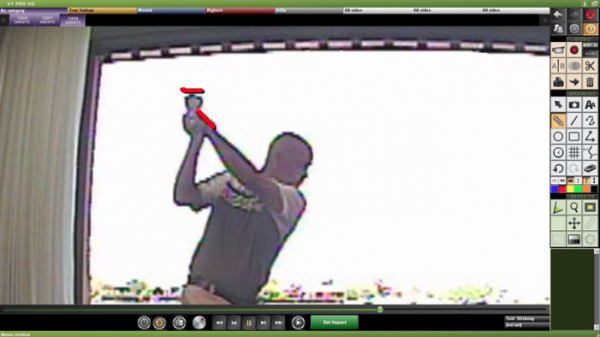











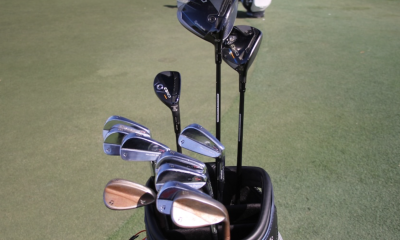

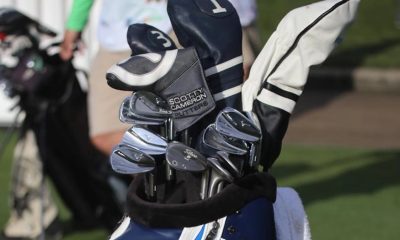

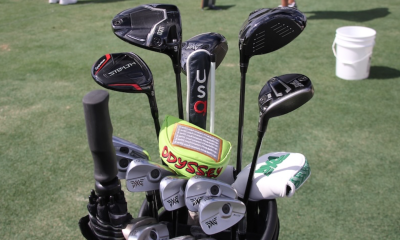

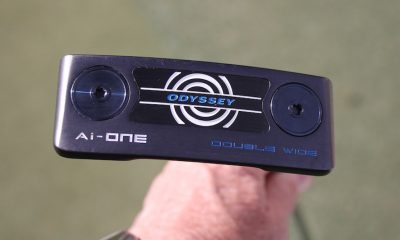

JOHN Watermeier
Feb 28, 2022 at 11:03 am
thanks for this website.
golf easy for some, hard to figure out for most, myself included.
lots of opinion on wrist position.
but should not the emphasis be put on club face?
find the club face at top of swing that gives you best shot direction, see what grip you had,and go with that.
seems to me that face open/closed is very subjective for a lot of us,can only be best approximated with magnetic tool pointed perpendicular at topcoat a roughly 45 degree angle to ground?
cant go to a lab or trackman around hereabout magnetic tool is cheap, easy and can use at any driving ranger inside for that matter.
would like some opinion on this.
john, a senior golfer, always trying to get better.
need some other opinions on this
Al
May 12, 2015 at 3:48 pm
[This is correct and incorrect…]
All golf instruction, condensed to 4 words, finally. The fault of the article lies in its failure to mention to not try to lift the ball.
Rory
Feb 15, 2018 at 2:14 am
You’re so dumb
Josh
May 12, 2015 at 11:52 am
I have been playing with my grip lately. I have been missing left, even with a weak grip. I saw some other instruction article speak of the importance of Hogan’s grip where the grip runs diagonally across the left palm, which promotes delivering the club at the proper lie angle. Does this ring a bell to anyone?
Al
May 12, 2015 at 3:49 pm
You name it, it rings a bell.
Jason
May 12, 2015 at 8:12 am
How about how the downswings will differ? The neutral grip downswing seems simple: just keep the left wrist flat. However, I have trouble wrapping my head around the downswing from the cupped left wrist position at the top with a strong grip. It seems like this move would be more complicated since we also need to get to a flat left wrist at impact, and make it happen in a split second.
bunty
May 12, 2015 at 3:18 am
Actually stumbled upon this by accident on the range a few weeks ago. Was definitely strong gripped and closed face at the top and was losing everything to the right.
Good to see that i wasnt imagining it as i have straightened up considerably since cupping my right wrist a little more at the top of the swing
Scott
May 11, 2015 at 4:26 pm
Thanks, Tom. I turned 74 last week. I played with a neutral grip most of my life. But now my fingers are curling and my grip strength has diminished. So I have converted to a strong grip, at least with the lead hand. I still play fairly well. I had my first par 72 round in years last week. My handicap from the senior tees in about ten. However, I am alarmingly inconsistent off the ground with shut face hooks and straight pushes. I will certainly be checking my position at the top as you have suggested. And if you have any ideas or exercises concerning my impact position problems and the resulting left and right shots I would sincerely appreciate them. Regards, Scott.
Scott
May 11, 2015 at 4:20 pm
Thanks, Tom. I am 74. I played most of my life with a neutral grip. Now my fingers are curling and I have less strength in my hands. So I have switched to a stronger grip, at least in the lead hand. I am having consistent problems hitting shut face hooks and straight right pushes. I still play fairly well from the senior tees — probably to about a ten handicap. Last week I had my first par 72 round in years. So this article about the position at the top is helpful and I will work on it. If you have any other advice or exercises that might help me reduce my inconsistent impact position and the resulting right and left shots with a strong grip I would surely appreciate too. Regards, Scott.
Chris Bunting
May 11, 2015 at 1:01 pm
Did you have anything other than that to add?
other paul
May 11, 2015 at 7:25 pm
Well explained Tom.
Paul
May 11, 2015 at 12:17 pm
I have been working on this concept after finding that my left wrist is always flat at the top of the backswingleading to a club head that is pointing up towards the sky. I feel most comfortable using a strong grip but unable to cup my left wrist at the top of the backswing no matter how hard I try when there is a ball in front of me. should I switch to a weaker grip do to my inability to cut my wrist at the top of my backswing?
Alex T
May 11, 2015 at 11:01 am
This is very insightful and concise explanation of something I’ve always wondered. I have a cupped left wrist and have for years gone to numerous coaches on and off and have never once been told to correct it and I always wondered why, considering that the “right” thing to do is to have a flat left wrist. I *have* however been told that I have too strong a grip, irrespective of my relatively solid ball striking ability- good thing I never corrected it as it seems I have inadvertently been doing it right all this time after all. Colour me vindicated, thanks Tom.